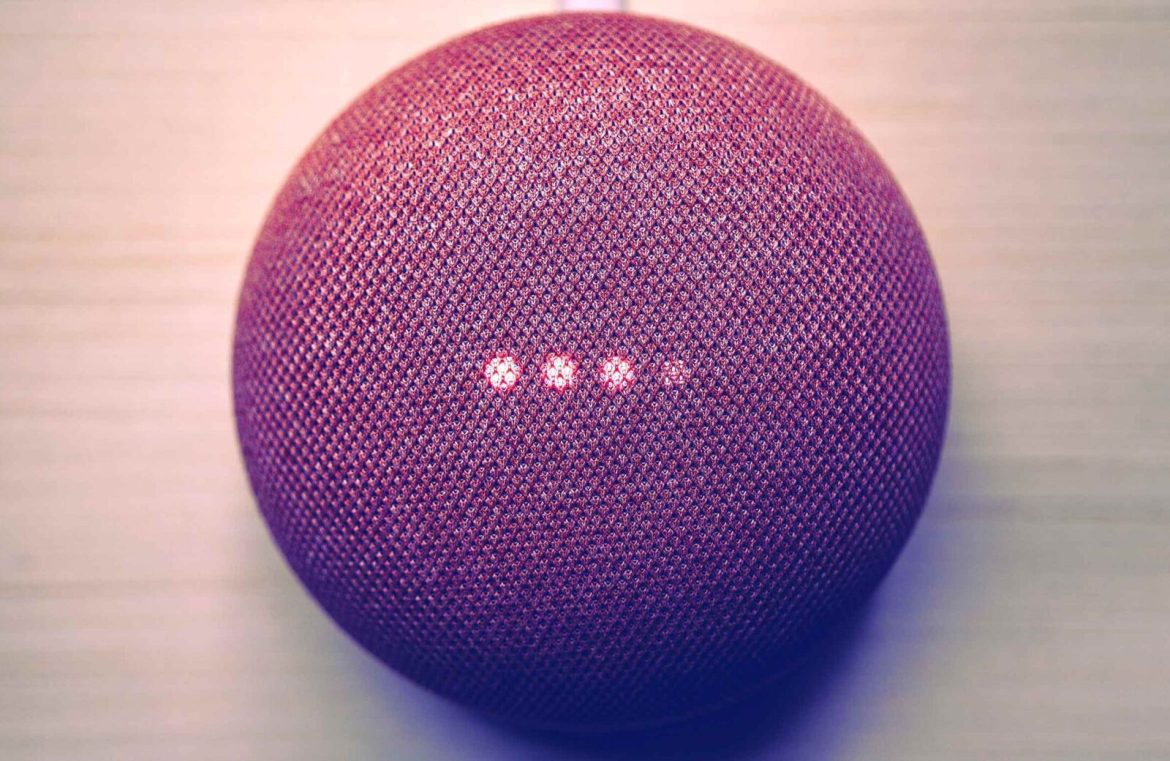Universal vs. Personalized Voice Recognition
When it comes to voice recognition on websites, deciding between universal recognition and personalized user experiences is crucial. Will a website be able to discern instructions amid a noisy environment, or will it be exclusive to recognized user voices as seen with certain personalized Google Home features?
Understanding Diverse Accents
The intricacies of voice technology are immense, requiring fluency across a plethora of accents, dialects, and languages. Bearing in mind the multitude of English dialects alone, this poses a significant challenge for web developers catering to an international audience.
Concerning Privacy and Security
Voice data security is a valid concern for users, particularly when sensitive information is part of the equation. Despite various institutions adopting voice ID services, imitation risks loom, underscored by the potential for voice fraud. Documented by futurologist Dr. Ian Pearson, who fathered the text message concept, the progression towards voice-led transactions is on the horizon, necessitating stringent security measures.
Conversational vs. Typed Input
Voice inputs tend to be more conversational and casual compared to typed entries, compelling websites to accommodate these nuances. Users may need to provide explicit instructions on punctuation when giving voice commands to fill out online forms.
Simplification of Web Navigation
Voice commands can streamline web browsing, leading to a more direct way of accessing content. This could prompt a simplification of website structures, as users bypass intermediary steps to find the specific content they seek.
Keeping Up with Constant Updates
As with any technology, voice-enabled sites would demand ongoing updates to stay current with evolving linguistic variables and technological advancements, which could introduce added complexity.
Persistent Skepticism
Despite the widespread adoption of voice assistants, there remains a degree of skepticism regarding their reliability and the security of the data they collect.
Resource Demands for Voice-Enabled Websites
Building voice functionality may impose additional demands for data storage and broadband capacity. This factor must be considered when contemplating the integration of voice technology in web design.
The Uncertain Future of Voice
As with early missteps seen in technologies such as Google Glass and smartwatches, the future of voice as a mainstay in the digital realm remains indeterminate. While smartwatches seem to have rebounded, it’s uncertain whether voice will echo this success.
The Impact on Impulse Purchases
Businesses might feel the pinch as voice technology could theoretically undermine websites designed for impulse purchases, redirecting users straight to their desired content without the distractions that lead to spontaneous buying.
Importance of Conventional Interaction
Finally, the reality is that not everyone will use voice. Thus, web designs must cater to both voice and traditional manual interaction, ensuring a seamless user experience across all device types and contexts. As voice becomes more ingrained in consumer habits, web designers must remain focused on enhancing the user’s journey, whether through voice command accessibility or other means. Featured image via Unsplash.

